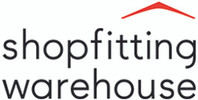Wall Fixings Guide
When mounting wall shelving, you’ll need to make sure that you choose the appropriate fixings for your wall type and to support the weight of the fixture.
The information below is to complement our wall mounted ranges, including (but not limited to) Twin Slot Shelving, Flexx Shelving and Wall-Fix Hanging Rails.
Wall Type: The wall fixings you use will be dictated primarily by your wall type, as each will require different fixings to safely secure.
Loading Use: We will suggest recommended loading for each type of wall fixing. This is not a definitive guide, as each wall fixing and variations will have their weight loading recommendations.
Note, the recommended loading is not the recommended weight loading for the wall shelving. Each type of wall shelving will have different loading requirements and depending on what you plan to use them for.
If you are unsure, please contact a professional first for guidance and always follow the manufacturer's instructions.
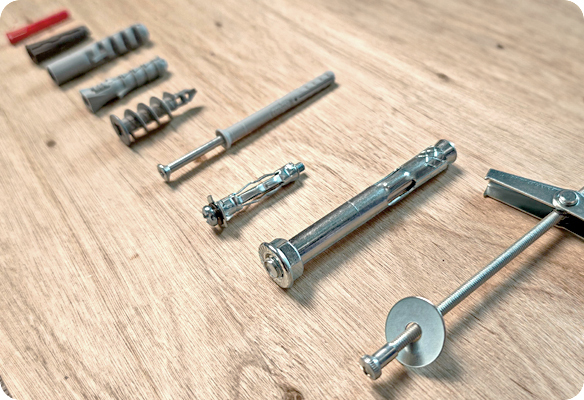
Important Safety Information
- Prior to any drilling into walls, check to ensure that there are no hidden wires or pipes etc. Avoid drilling around light fixtures as cables can be positioned going in different directions in the surrounding area.
- Check that your screws and wall plugs are appropriate for your wall type and fixture.
Possible Tools Required
- Tape measure
- Spirit level
- Power drill
- Screwdriver
- Pencil
- Hammer
- Pilot drill bit*
- Masonry drill bit*
- Wall plugs (rawlplugs)*
- Screws*
- PPE, if necessary
|
|
|
* The tools and materials you need will vary. Consider factors, such as the wall type and what you plan to affix to the wall, to choose the most relevant tools. You may also need tools not listed above (e.g. a metal/pipe detector).
Wall Type Examples
Hollow Walls
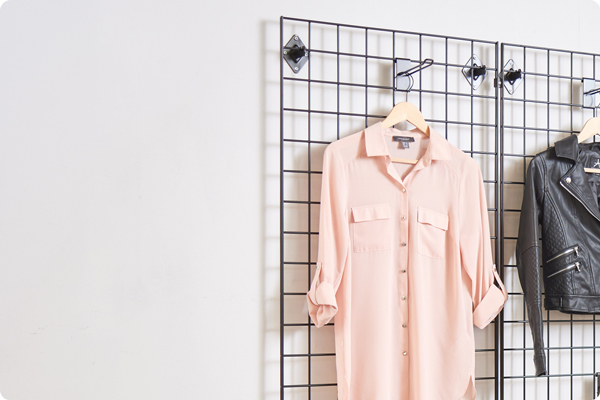
Hollow walls are named as such because they have a cavity or void, supported by framework. When pressed, they will have some give and flexibility and will almost always produce a hollow sound when knocked on.
Commonly referred as (or common materials) : Plasterboard, drywall, stud walls, partition wall
Solid Walls

Solid walls are typically very hard and rigid, with little give or flexibility. When you knock on them, they often will produce a dull sound, as they seldom contain voids or hollow areas.
Commonly referred as (or common materials) :
Brick, concrete, plaster over brick, stone
Dot and Dab Walls
Dot and dab walls are a common type of wall, where plasterboard (or drywall) is applied to a solid wall using dots of plaster, creating a small gap in between.
In some scenarios, you’ll have to treat this type of wall as either a solid or hollow wall.
When working with dot and dab walls, it can be helpful to use fixings such as duo plugs, which work well with both the hollow and solid parts of the wall. When choosing fixings for dot and dab walls, always consider how heavy the loading will be, to ensure you choose the most appropriate and safest fixings.
Wall Fixing Examples
Universal (or Standard) Wall Plug
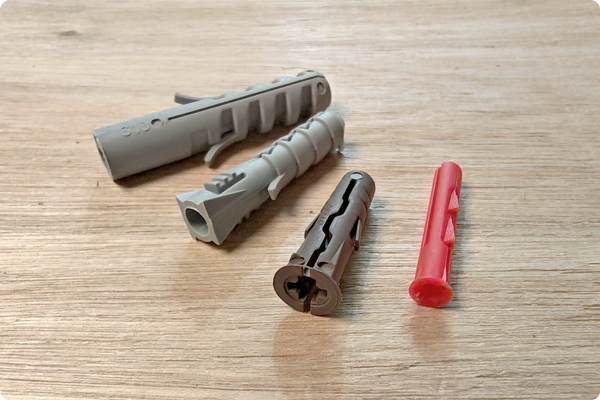
Commonly used, universal (or standard wall plugs) are available in various sizes and are usually made of nylon. Designed for lighter loading, they are to be inserted into a pre-drilled hole. Once a screw is inserted and tightened into the wall plug, the plug warps to hold the screw in place securely in the wall.
Loading Use: Light loading
Wall Type: Can often be used for various wall types, but always check individual specifications.
Plasterboard Plug
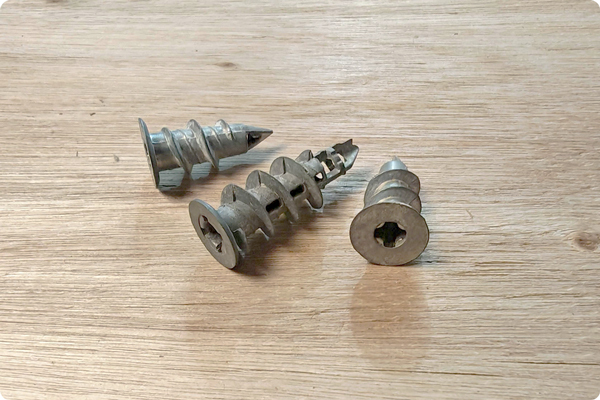
Usually a variation on the Universal Wall Plug or Butterfly plug and often made from plastic. Designed specifically for hollow walls, as the screw is inserted and tightened, the plasterboard plug expands like an umbrella.
Loading Use: Light loading
Wall Type: Hollow walls, primarily plasterboard
Hammer-in Fixings
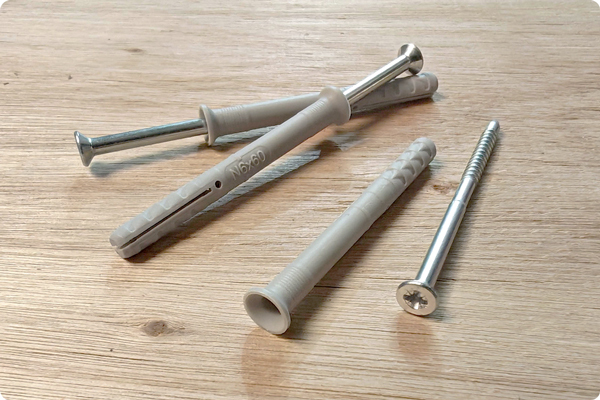
Hammer-in wall fixings usually come pre-assembled with a screw, allowing for quick use. The plug expands when hammered into the wall and the screw can then be tightened with a screwdriver. They are convenient as they’re so simple to use but are more suited to lighter loading.
Loading Use: Light loading
Wall Type: Solid walls
Spring Toggle
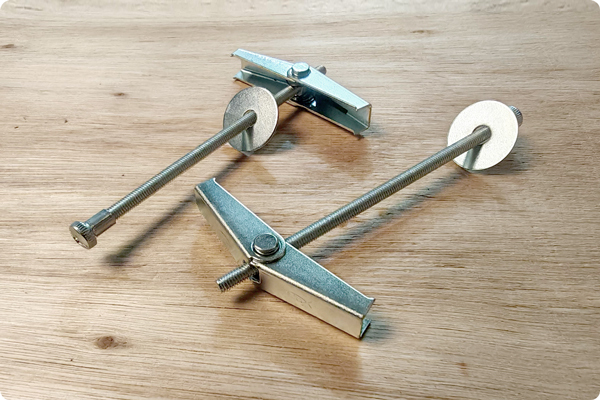
Can be used on hollow walls but is primarily used on ceilings. Spring toggles consist of a screw and a set of metal wings, with a spring-loaded construction. Once inserted into the wall or ceiling, the wings spring out (these are lost in the void if the screw is removed) which pull flat against the inside surface. These wings are secured once the screw is tightened.
Loading Use: Moderate to heavy duty fixing
Wall Type: Hollow walls and ceilings
Cavity Wall Anchor
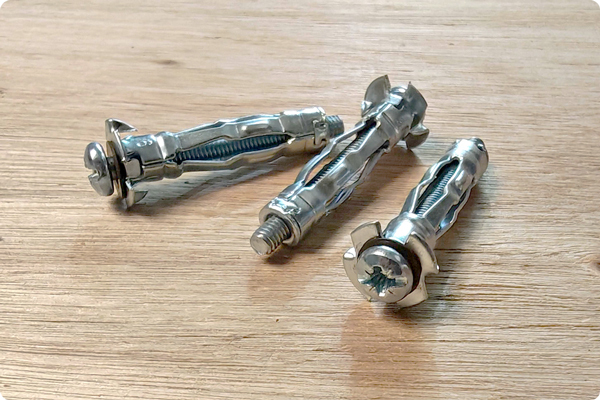
Also known as hollow wall anchors, cavity wall anchors (as the name suggests) are designed to be used with hollow walls. There is a sleeve fitted around the screw, which expands to secure. Once inserted into a pre-drilled hole, the screw can be tightened causing the fins on the sleeve to expand against the inside of a hollow surface.
Loading Use: Moderate to heavy loading
Wall Type: Hollow walls, such as plasterboard
Shield Anchor
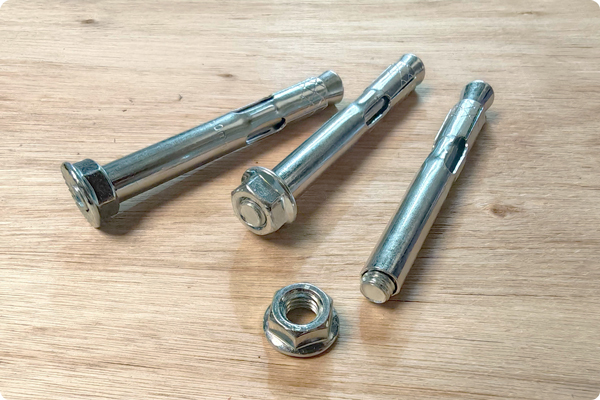
Also known as anchor bolts, shield anchors are designed for heavy-duty loads. After drilling a hole into the wall, the shield anchor can be secured by tightening the nut or bolt, which causes the anchor to expand and hold firm. This ensures a robust hold, suited for substantial loading.
Loading Use: Heavy loading
Wall Type: Solid walls
Maintenance & Care
- Check your wall shelving regularly for things like leaning or wobbling.
- Inspect fixings periodically (and when required in relation to how the shelving is) to see if the wall plugs are still tightly fitted, and are not becoming loose.
- Don't overload your wall shelving and try to keep loading even across the shelf.
Hints & Tips
- Make sure that you are using a suitable drill bit and drill (i.e. masonry drill bit and hammer drill) to match your wall plug, hole size and wall type.
- As a rule of thumb, aim to use a larger screw and wall plug if you're unsure (although we recommend contacting a professional for advice).
- Ensure that the wall plugs are a secure and tight fit, rather than loose in the drilled hole.
Disclaimer
- This article is for information purposes only. If in doubt, always consult a professional prior to any work.
- The above images are examples of fixings. You may find fixings for the same purpose, with different designs and that function differently. Always refer to the manufacturers guide for suitable use, specific fixings instructions and safety information.
We hope you found this guide useful for helping to assembly your wall mounted product. We don't provide fixings with products but we do offer Masonry Screw Kits separately.
If you have any questions, feel free to call us on 01258 650 946 or email sales@shopfittingwarehouse.co.uk and we will be happy to help.
If you have any feedback on this guide, please Email Support and let us know.
